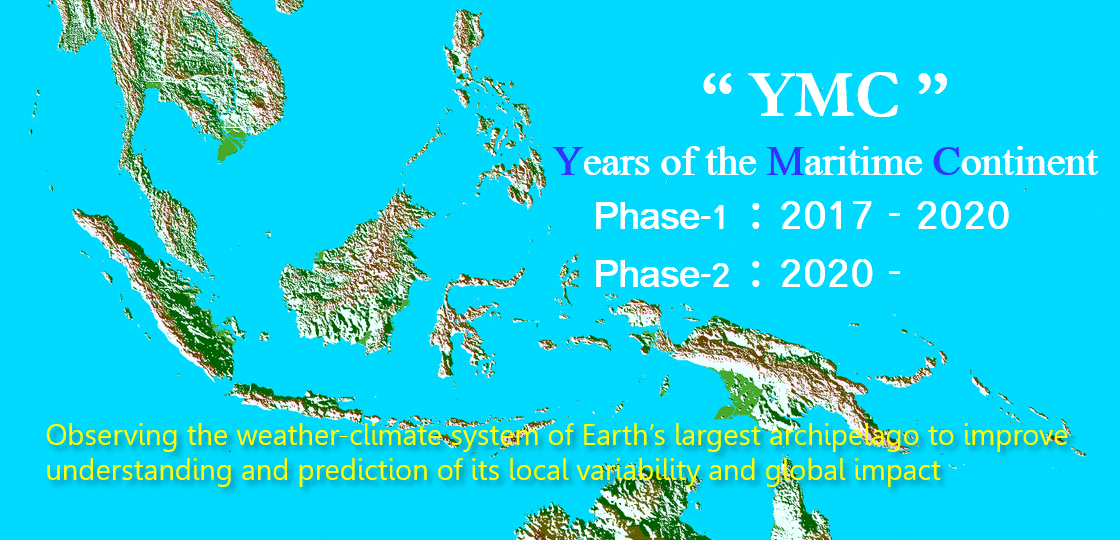|
|
August 18, 2020 : MIRAI
"Ocean surface drifter"
Now the time for telling surface drifter after two talks on TRITON buoy and wave-gliders, which all form a special observation array around the MIRAI.
Yesterday, I wrote wave glider can measure ocean surface condition without disturbances around wave glider owing to its slim and thin body. The surface drifter, I introduce today, is much easier to obtain data without such noises than wave glider. This is because simply we use a small (O(10cm)) float equipped with temperature/salinity sensors. Since it drifts, it does not create any disturbances around the instrument. After we deploy it, we recover the next day or so. Indeed, we deployed its first trial yesterday, and could recover it today.
Having said that, it is not an easy task than you expect. You may recall that currently we are conducting on-station observation. Namely, while we need to keep the position, we also have to recover the drifter, which moves several 10 km away. Thus, we need to arrange observation as well as personnel schedule.
In addition, although GNSS-receiver is equipped on the float, it is very tough to find such 10-cm diameter ball in the ocean using only GNSS information. Of course, we need to avoid hitting it by the ship. Thus, after we reach the expected area, while we look for the drifter using telescope and binoculars, we also use a small boat. As usual, ship crew can find it earlier than researchers. As shown in photo-2, finally we caught it by hand from the small boat.
I have to talk about science derived from this trial. As noted, this drifter can measure temperature and salinity in a couple of centimeters of the ocean surface, which is greatly influenced by atmospheric condition, and vice versa. Through this knowledge, we'd like to know a life cycle of cloud and associated large-scale features.
Today we recovered the drifter under the heavy clouds (but no rain). According to the satellite cloud images, it was part of cloud cluster of O(1,000 km). In addition, weather forecast says low pressure area was formed around here and then it is expected to move northward. Thus, while I will watch its first data obtained by the drifter, I may also be aware of cloud ensemble movement to see any relation to weather condition over Japan ...
by M. K. (edited at J-Office for English ver.)
Note.
The drifter we use is called Surpact, which was developed by our French collaborators of LOCEAN. This observation is conducted under the framework of French-Japan Science and Technology Cooperation. Its details will be noted in the Cruise report.

